TikTok Shop Launches in Japan Following its Expansion Strategy
TikTok officially launched TikTok Shop in Japan on June 30, rolling out its in-app eCommerce experience to
Conversion Rate Optimization (CRO) is still popular among marketing professionals and business owners. The simple truth is that it helps to make the eCommerce business succeed pretty well in the long term.
Even though it has become a buzzword, there is still a lot of room for sustainable development. The main point is that working out a comprehensive strategy requires considerable resources. Start as soon as possible.
We’ll try to figure out how to develop a well-rounded and effective Conversion Rate Optimization strategy. Its result will allow finding bottlenecks and areas of improvement. You’ll also understand what to do next and which tools to use for future growth.

To learn more about CRO and its role, explore hard facts and numbers. We’ve collected the most interesting ones in the form of statistics below.

Source: Statista
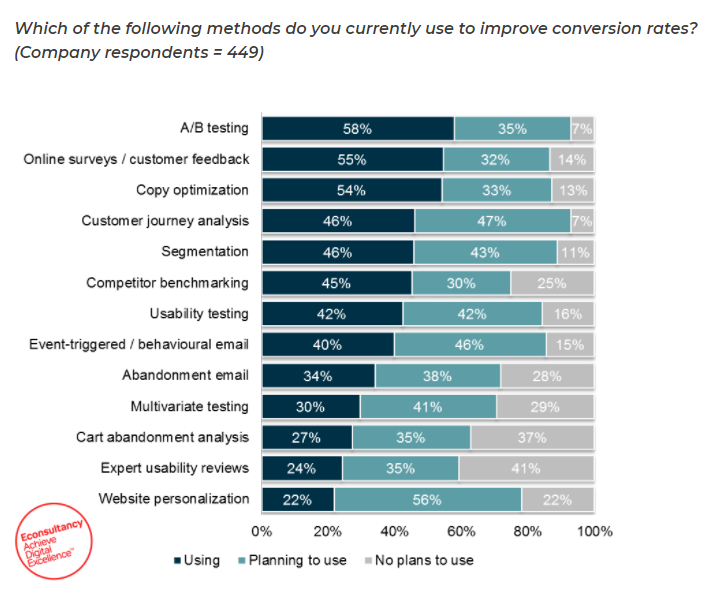
Source: Econsultancy
Read more: 8 eCommerce lead generation strategies to get more leads
The conversion optimization process takes enough time and requires an integrated approach. It’s situated at the intersection of user experience, marketing, and technologies.
Whether you decide to make it on your own or turn to an agency, you’ll face some homework. It will become a basis for your future growth.
Step #1 Perform a UX analysis and build your customer journey. The in-depth research needs accurate and reliable data, both qualitative or quantitative.
Google Analytics and heatmaps will come in handy during the discovery phase. You’ll get an opportunity to take steps of the shopping process in your store, including considering, exploring, and purchasing products from the user’s perspective. The result of this step is a bunch of deep insights into user behavior, and a range of bottlenecks in the customer journey and sales funnel that limit your growth.
Read more: 5 UX Best Practices for eCommerce Stores
Step #2 Perform an SEO audit. You can create a helpful checklist to run through every once in a while. Make sure that the mobile-friendliness and other SEO-related information improve your website ranking and overall user experience.

Source: Business 2 Community
For instance, you could start with finding out whether search engines index all web pages. Don’t forget about ensuring that all the SEO tools are well set up and do not report any burning issues with your SEO activity.
The audit with an extensive report will help you understand whether metadata and keywords are optimized and the URL structure is user-friendly.
Step #3 Make sure that the functional part works well. A shopping experience and high conversions also go hand in hand with the technical part. This is because it influences website speed, performance, on-site search, and navigation.
The very least you can do without professional help is to test your store on the storefront as a purchaser. Perform the storefront check in different browsers and devices. Follow basic steps and take action to see how it works.
Follow the critical user path and make sure that all elements and navigation work well. Go to the category, product details, shopping cart pages to complete checkout.
Step #4 Create a detailed report with conclusions. Record all your key findings from the previous steps and different kinds of audits in one place. It will give you a full understanding of your audience’s main drivers, hooks, and barriers. This could become a foundation for your further improvements in the conversion funnel.
The latest conversion-related trends and expert recommendations are worthy of particular attention. Stay abreast of recent news and developments to adapt your strategy and develop a flexible approach to your users.
Step #5 Conduct an ongoing conversion analysis. The formula for success in conversion optimization lies in continuous enhancements. Put forward hypotheses and test them all along to move towards the progress of your website.
We highly recommend tracking the overall dynamics of changes in user behavior by using web analytics. Create a dashboard and record main user data in metrics, such as traffic, bounce rate, average session duration, conversions, etc., at regular intervals to understand what is happening on your site with users.
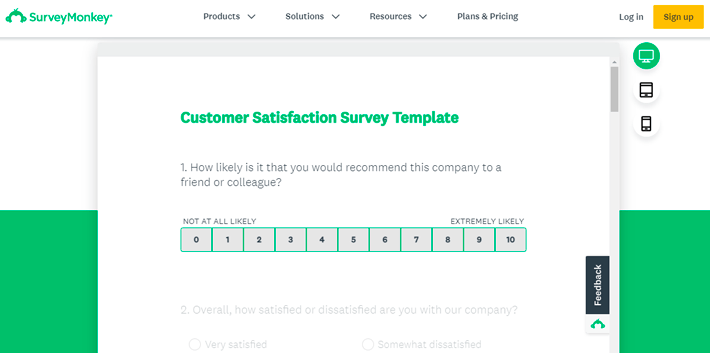
Source: SurveyMonkey
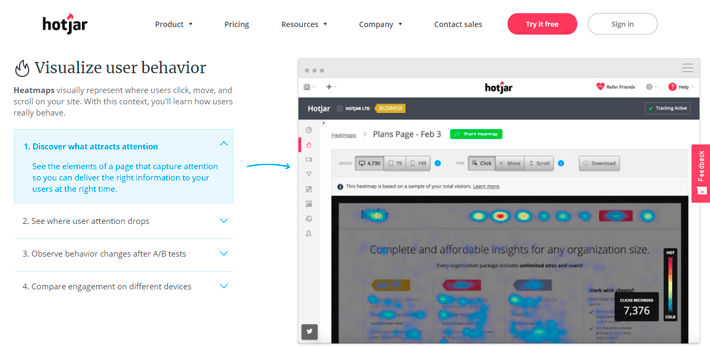
Source: Hotjar

Source: Sendstrap
Read more: The Ultimate formula for increasing conversions on Landing pages
Read more: Finding the best conversion triggers for your eCommerce website
The marketplace came to Invesp with a task to receive customer behavior research. They also asked to do conversion optimization with recommended actions for the future. Their marketing and development teams faced a scarcity of communication. It resulted in a lack of testing new features and tracking whether it improved conversion or not.
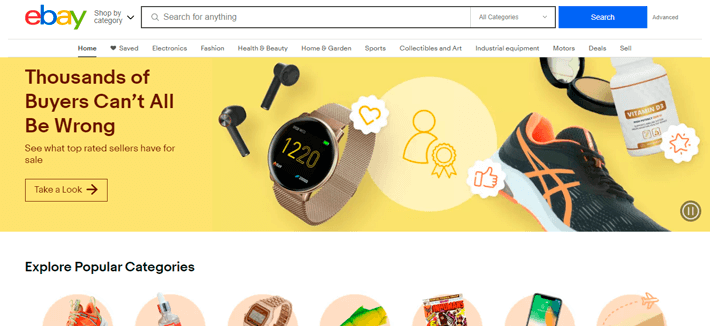
Source: eBay
The agency undertook a conversion analysis to rank conversion-related tasks. The specialists also performed behavioral research to better understand user motivations. They ran experiments and tracked results regularly.
As a result, eBay increased its conversion rate by 18 percent. Their navigation system and customer experience also became much more efficient.
The service came to KlientBoost to run a range of tests to improve main website metrics as a result.

Source:Airbnb
The agency managed to create single keyword ad groups, conduct keyword-specific ad testing. They went the extra mile and introduced global campaign refinements.
Through this process, Airbnb reduced its cost per conversion by 7 percentage points. Their cost per click decreased by 25 percent, and CTR also increased up to 22 percent.
The retailer came to VWO with a task to find new ways of communication with customers. The main business goal was to return purchasers to their website.
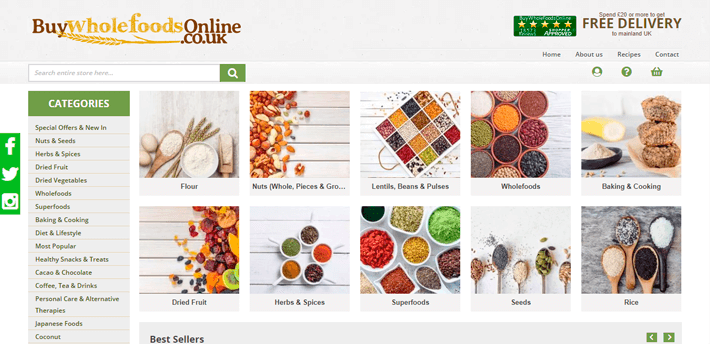
Source: Buy Wholefoods Online
The agency opted for the push notifications technology. They tested out time, texts, and offers to find the best possible solution.
With the help of the agency, Buy Whole Foods Online reengaged customers. They also met their users’ intentions by navigating them to relevant web pages.
If you don’t have access to such resources to make it this way, think about delegating it to professionals. They will take care of your sales and allow you to focus on more important things.
Magecom is an agency that helps ecommerce businesses drive sales and stand out. Magecom provides different kinds of audits, SEO & conversion optimization. They also offer web development on ecommerce platforms with an eye-catching web design.

TikTok officially launched TikTok Shop in Japan on June 30, rolling out its in-app eCommerce experience to

The TikTok Takeover: From Lip Syncs to Checkout Clicks A few years ago, TikTok was

About the Client Shop Name: CrystalHealStore Marketplace: Etsy Focus: Bohemian & Ayurvedic-Inspired Fashion Location: Global
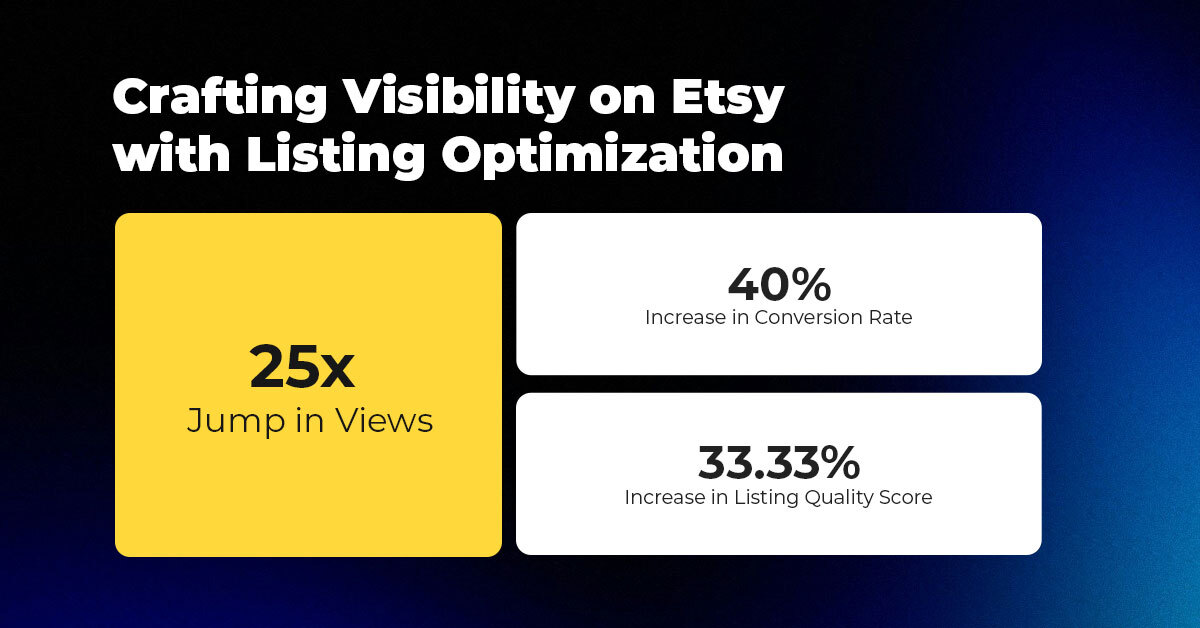
About the Client Shop Name: PinwheelCraftsStore Marketplace: Etsy Focus: DIY Craft Kits for Kids Location:

It just took one Black Friday crash for Gymshark to realize their growth had outpaced
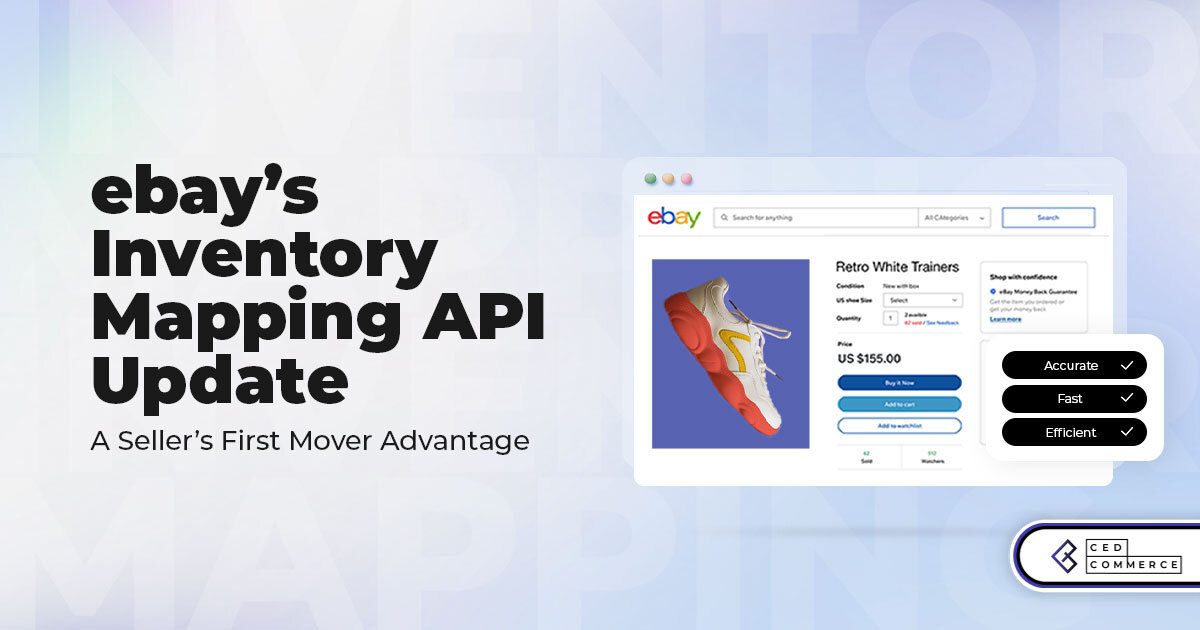
It takes on average 5 to 10 minutes to list a single product on the
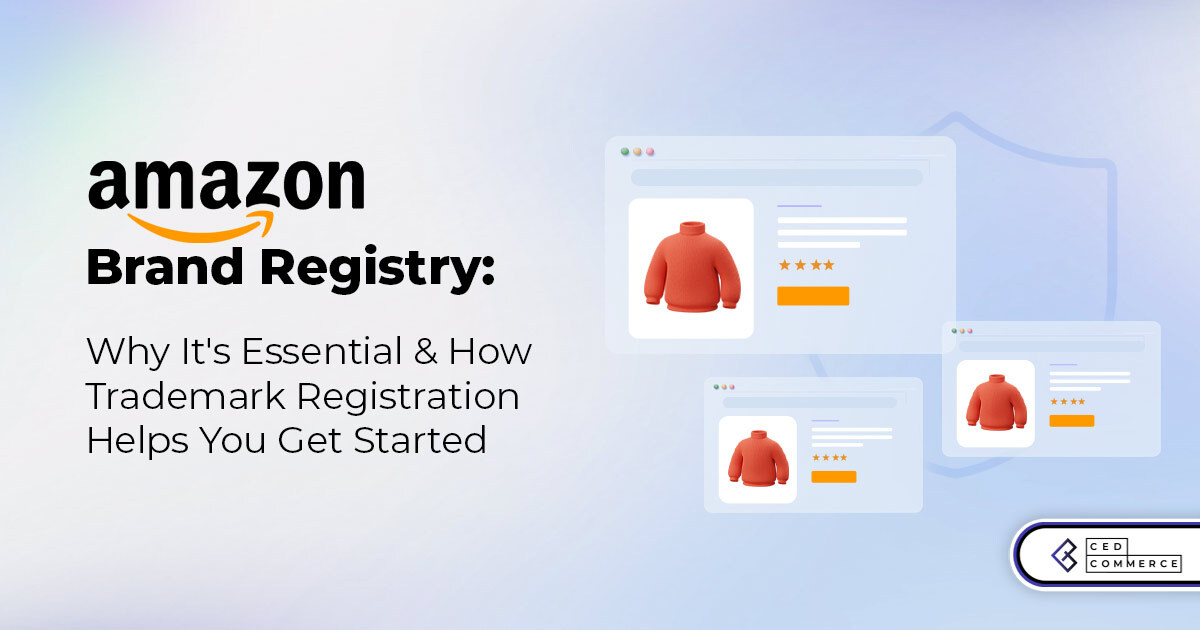
With millions of sellers on Amazon, protecting your brand has never been more important. Counterfeit

TikTok isn’t just setting trends anymore — it’s rewriting the playbook for performance marketing, creative
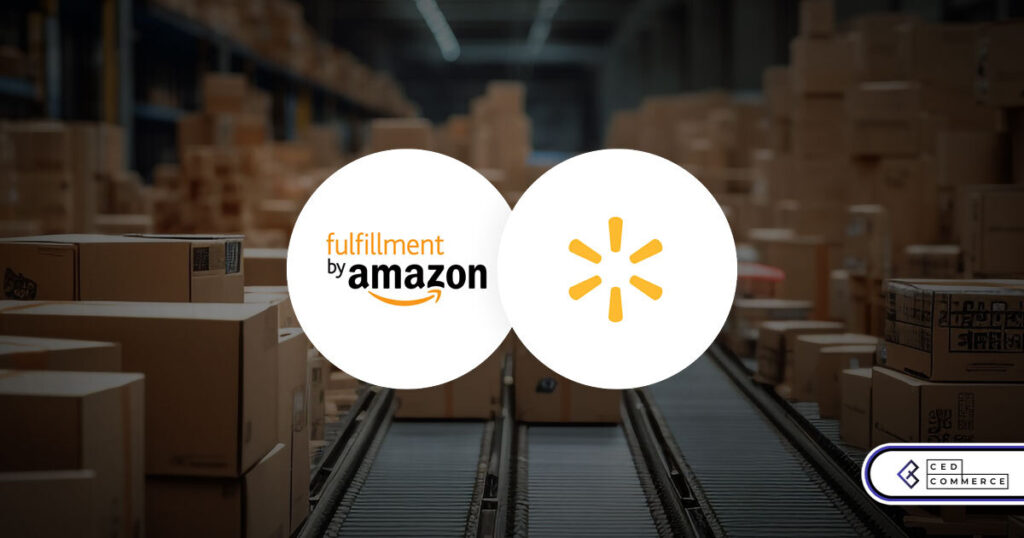
In a significant development for online retailers, Walmart has officially updated its policies to permit
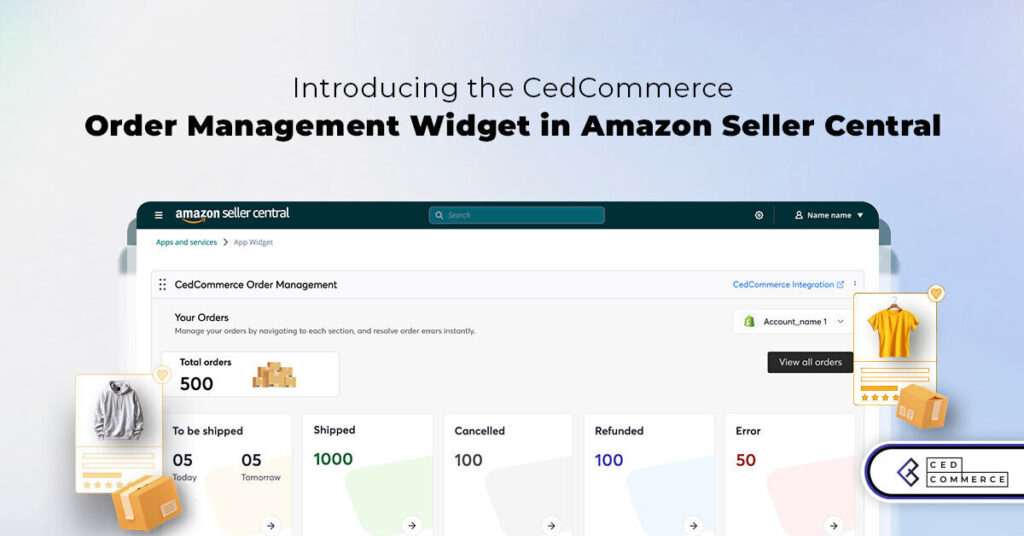
Are you encountering issues with Amazon order management across various sales channels? If so, everyday
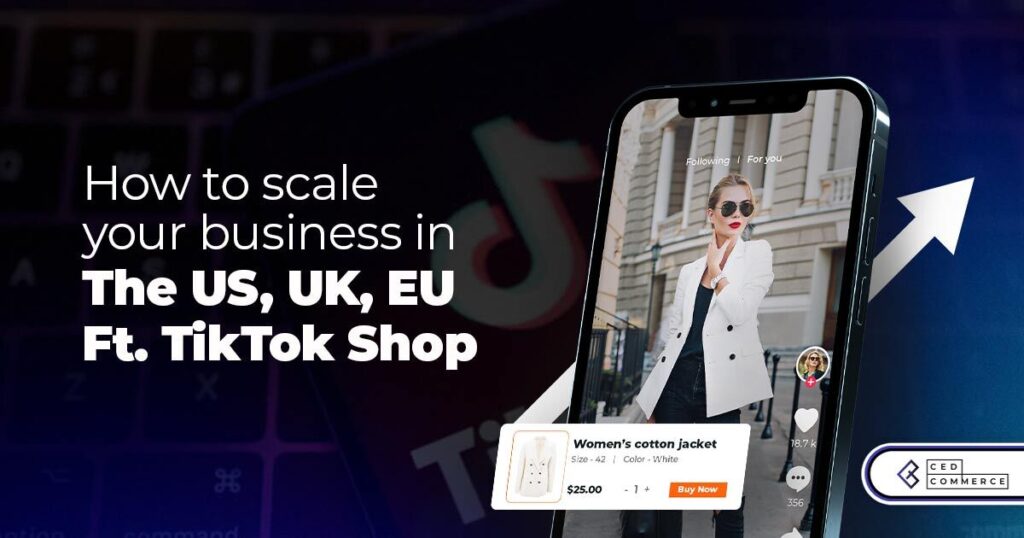
A Deep Dive into Selling Smart on TikTok Shop UK, TikTok Shop US, and TikTok

In a world where cross-border commerce fuels eCommerce growth, tariffs are no longer just policy
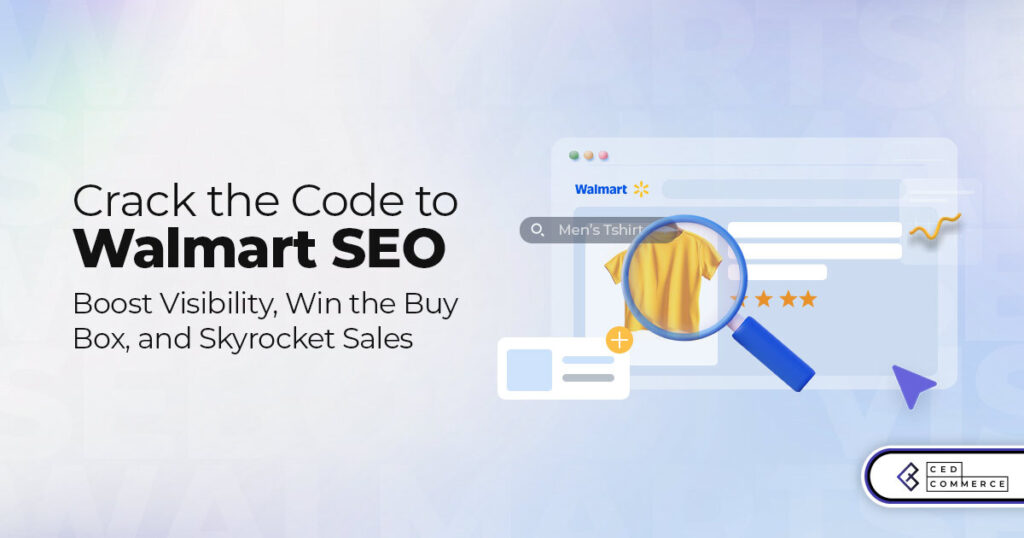
In the world of eCommerce, visibility is everything—and Walmart Marketplace is no exception. With thousands

In what comes as a major relief for TikTok and its millions of users in

In a move aimed at enhancing product quality and boosting buyer confidence, TikTok Shop has

Selling on Amazon offers immense opportunities, but one of the most crucial decisions sellers face
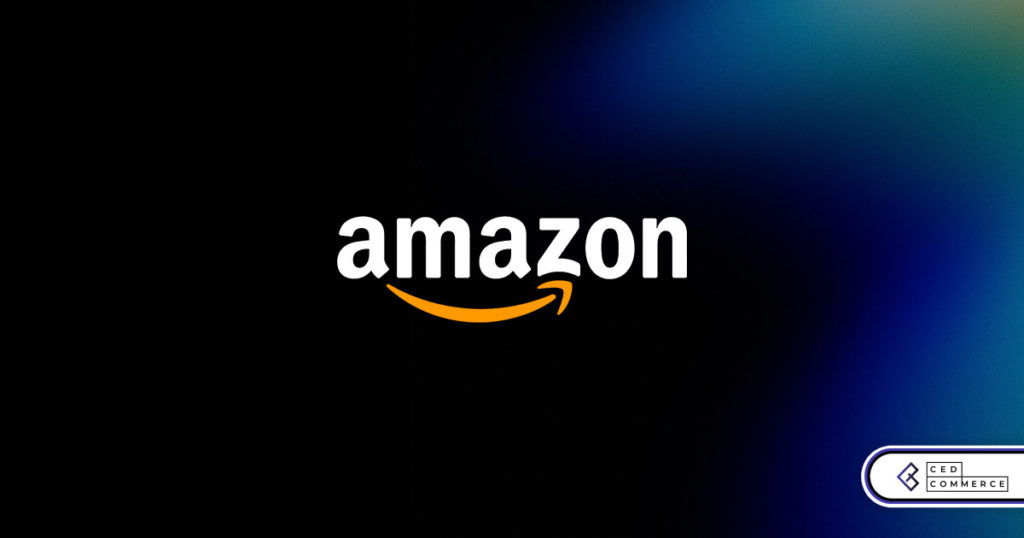
Amazon is doubling down on AI-driven selling tools, introducing a new AI-generated product enrichment pilot
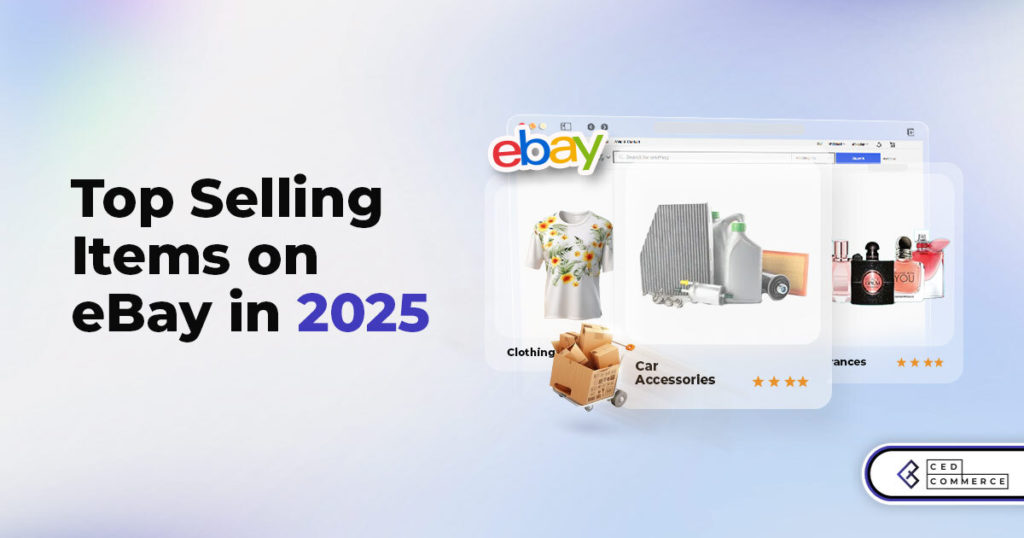
With over 17.6 million sellers on eBay marketplace, cracking the code behind the top selling
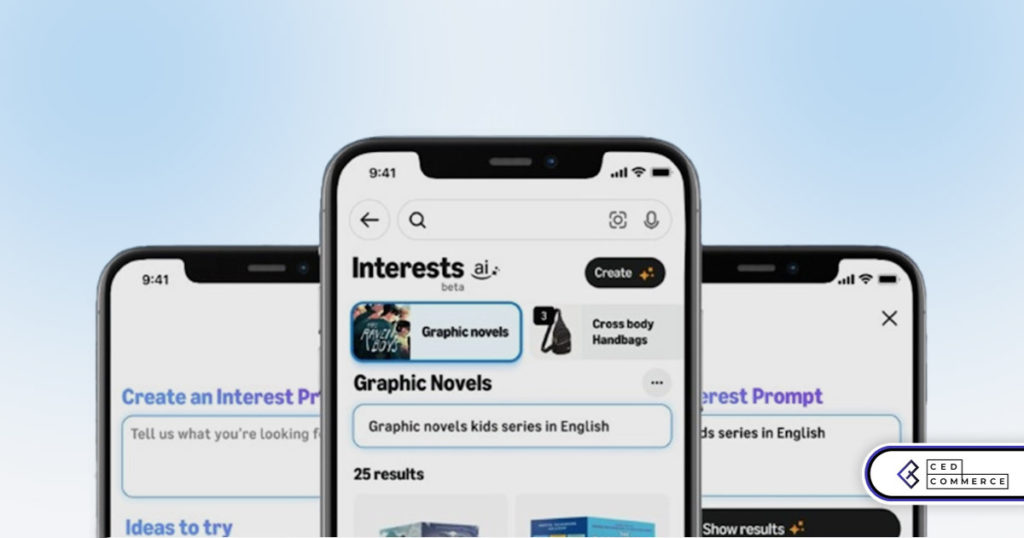
Amazon is doubling down on artificial intelligence, introducing the AI-powered ‘Interests’ feature that automatically finds

U.S. President Donald Trump has hinted that a TikTok deal is on track before the